A New Book on Agnes Martin Reveals Her Previously Unknown Philanthropy
After making millions off her paintings, abstract expressionist Agnes Martin became a secret and substantial benefactor to a range of causes in New Mexico.

According to popular lore, Agnes Martin, one of the 20th century’s most influential artists, was a recluse. Famous for her luminous abstract expressionist paintings, Martin herself cultivated a hermetic image in interviews and by living alone, often off the grid, in New Mexico, until her death at age 92 in 2004.
The facts of Martin’s life, however, paint an entirely different portrait. When she was living in Albuquerque in the 1940s, in Taos in the ‘50s, in Cuba in the ‘70s, and then in Galisteo in the ‘80s, Martin established strong connections with her local communities and was an active player in her local art scenes. And in the last decade of her life, after becoming wildly successful in the commercial art world, she became a secret and substantial benefactor to a range of causes in the Taos area. Her philanthropy has largely remained anonymous until now.

In 2014, I photographed the results of this philanthropy when I spent a month in New Mexico researching Martin’s life and interviewing a number of her friends for my book Agnes Martin: Pioneer, Painter, Icon (2018). Martin’s friends argued that while she was alive, it was important for her acts of generosity to remain anonymous, so that the artist could protect her studio schedule and low-key existence.
However, ten years after the artist’s death, they were eager for me to reveal her philanthropy in order to debunk the common view of the artist as a disengaged hermit as well as to reveal the nuance in her character. The photos in this essay include direct examples of Martin’s giving, but also other flavors of life in Taos, from desert flora and man-made scarecrows, to the crystalline quality of light that attracts many artists to the town.

As a poor, queer female artist who suffered from schizophrenia, Martin existed on the margins of society for most of her life. After spending the 1950s living in poverty, she achieved critical success in the 1960s and commercial success thereafter. In the 1990s she had made millions off her art and was eager to repay the kindness her community had showed her during her own years of struggle.
“They’re different in Taos,” Martin said in 1997. “They’re friendly. The Anglos are friendly. The Spanish are friendlier than them, and the Indians are friendlier still. So you have three sets of friendly people here.”
Through her financial giving, estimated to be in the millions, Martin focused on improving facilities for Taoseños, nature, and charities supporting vulnerable youth and victims of domestic and sexual violence. One major beneficiary of Martin’s patronage was the Taos Youth and Family Center Swimming Pool, a three-million-dollar project. Martin, who was an Olympic-standard swimmer in Canada in the 1920s, donated with one stipulation: that a children’s swimming pool be included. As Martin’s friend, Kristina Wilson, informed me, “She liked doing things for children … that was very important to her.” The center also included a skateboarding park. “She got a kick out of that park,” Wilson says. “She sat out there looking at the mountain and looking at that park. Glowing. I don’t know that I’ve ever seen her glowing like that. Feeling good. Realizing, my God, I can do something with this money.”
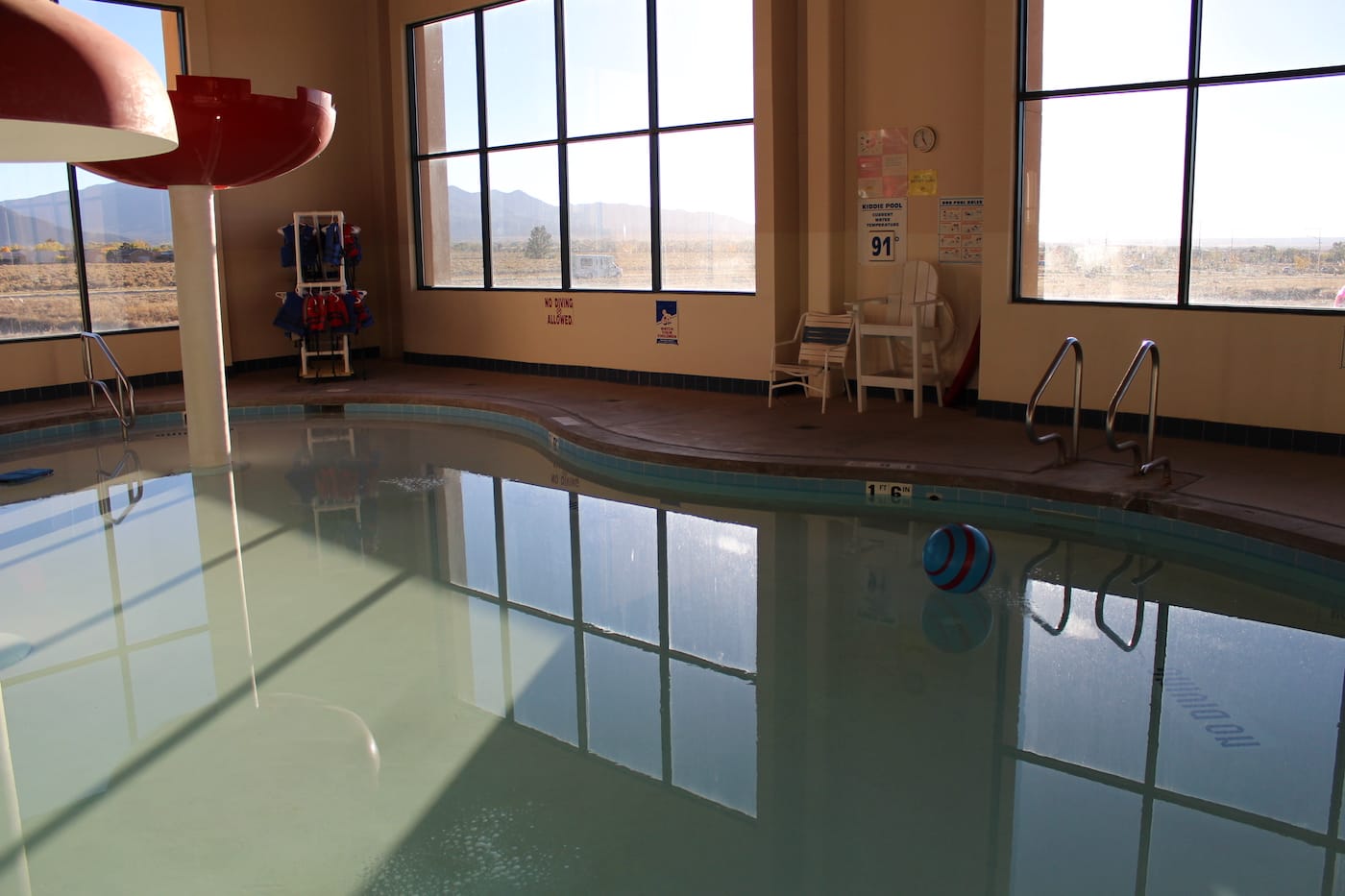
To support environmental causes, Martin purchased the Ponce de Leon Hot Springs through the Taos Land Trust, as well as a field in Taos, known locally as Sunset Park. Exploring nature was Martin’s favourite pastime and many of her paintings echo this enduring passion: Wheat (1957), The Islands I–XII (1979), Desert Rain (1957), The Tree (1964), The Spring (1958), Orange Grove (1965), Tundra (1967). Not all her endeavours, however, were successful. Martin once hoped to create a small forest on the outskirts of Taos, but the desert landscape would not accommodate her vision; today, only a few skeletal oak trees remain.
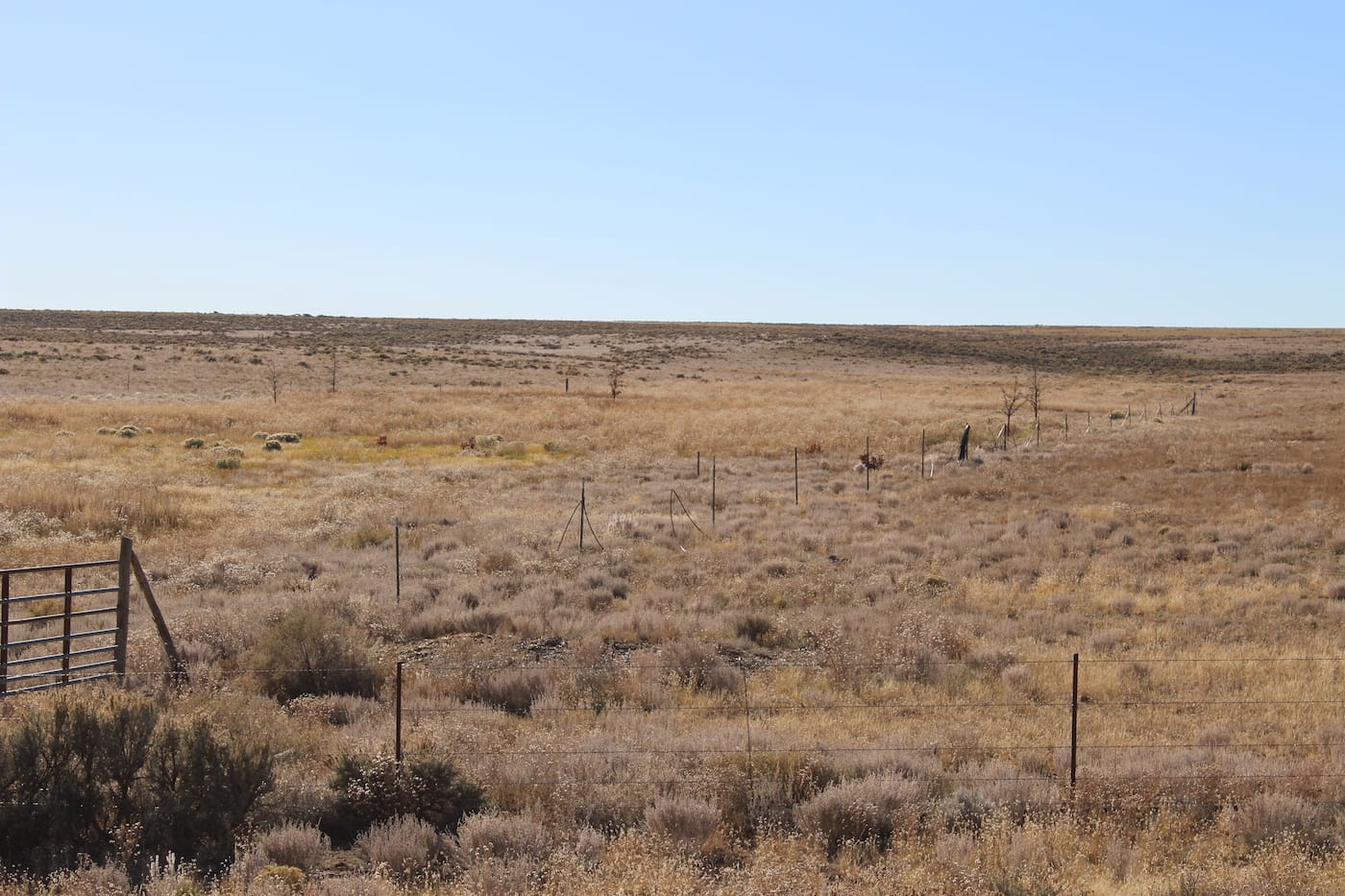
Martin’s donations to charities catering to disadvantaged youth and victims of violence suggest a kinship with those overlooked and failed by society. This social consciousness might surprise some, given Martin’s subject-less, ethereal art. The artist, however, saw her art as a means of summoning happiness and joy in the viewer. Her donations to these charities belong to this spectrum of personal intent to bring joy and happiness to the world.
In 2002, the Taos community expressed its gratitude to Agnes on the occasion of her 90th birthday, with a two-day celebration of her life. The centerpiece dessert at her birthday party was a cake iced to resemble her painting Affection (2001). Ninety-six white candles (a few too many) faced a solitary striped blue candle, in what feels like a perfect symbol for a woman who, many believed, lived her life away from the crowd. Her role as benefactor, however, tells a different story; the story of a local woman intertwined with her community, a woman who enjoyed ice-cream at Baskin-Robbins, lunch at the Trading Post Café, Friday nights at the Storyteller Cinema, and the occasional attention from the world of art.

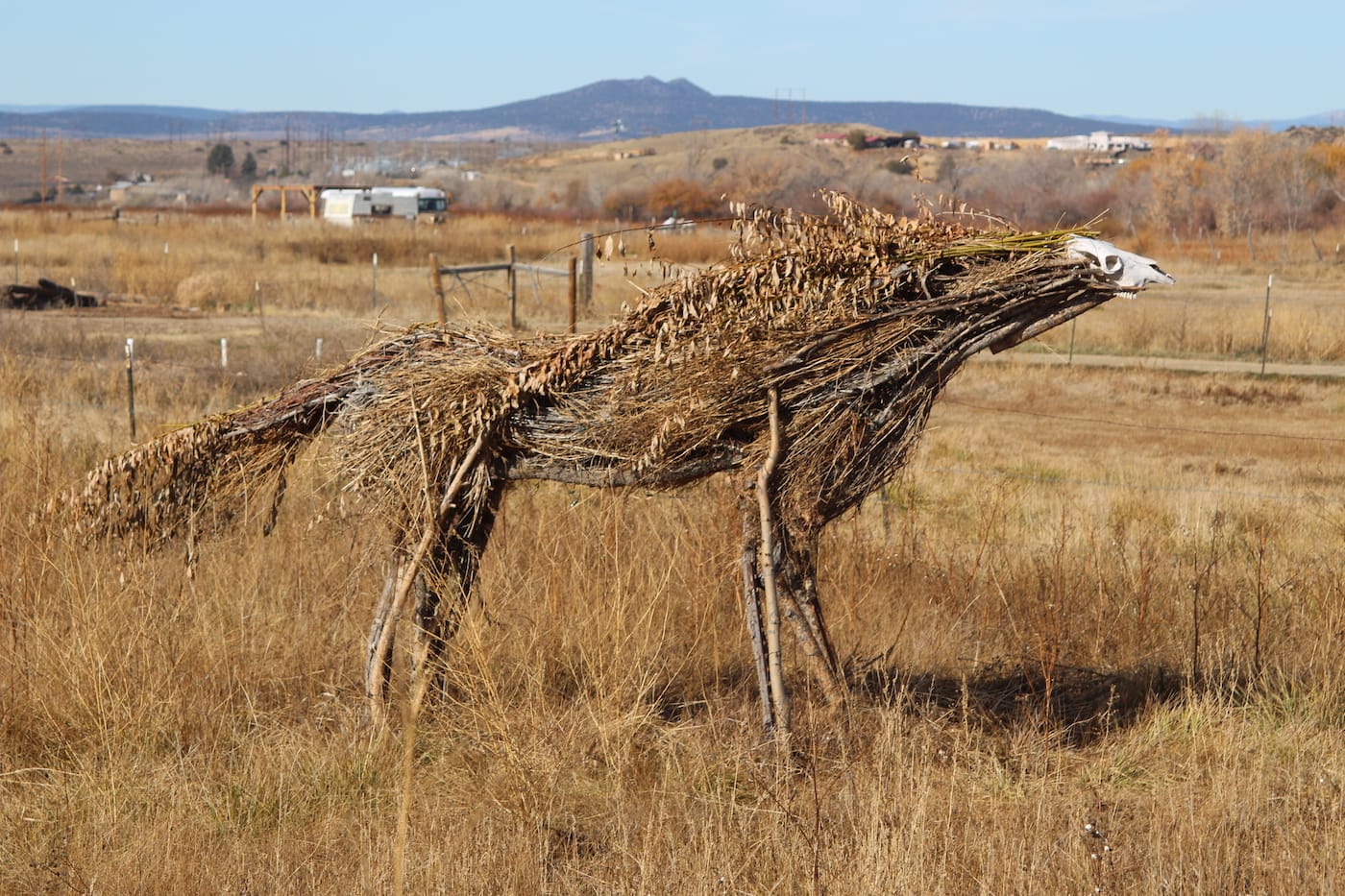


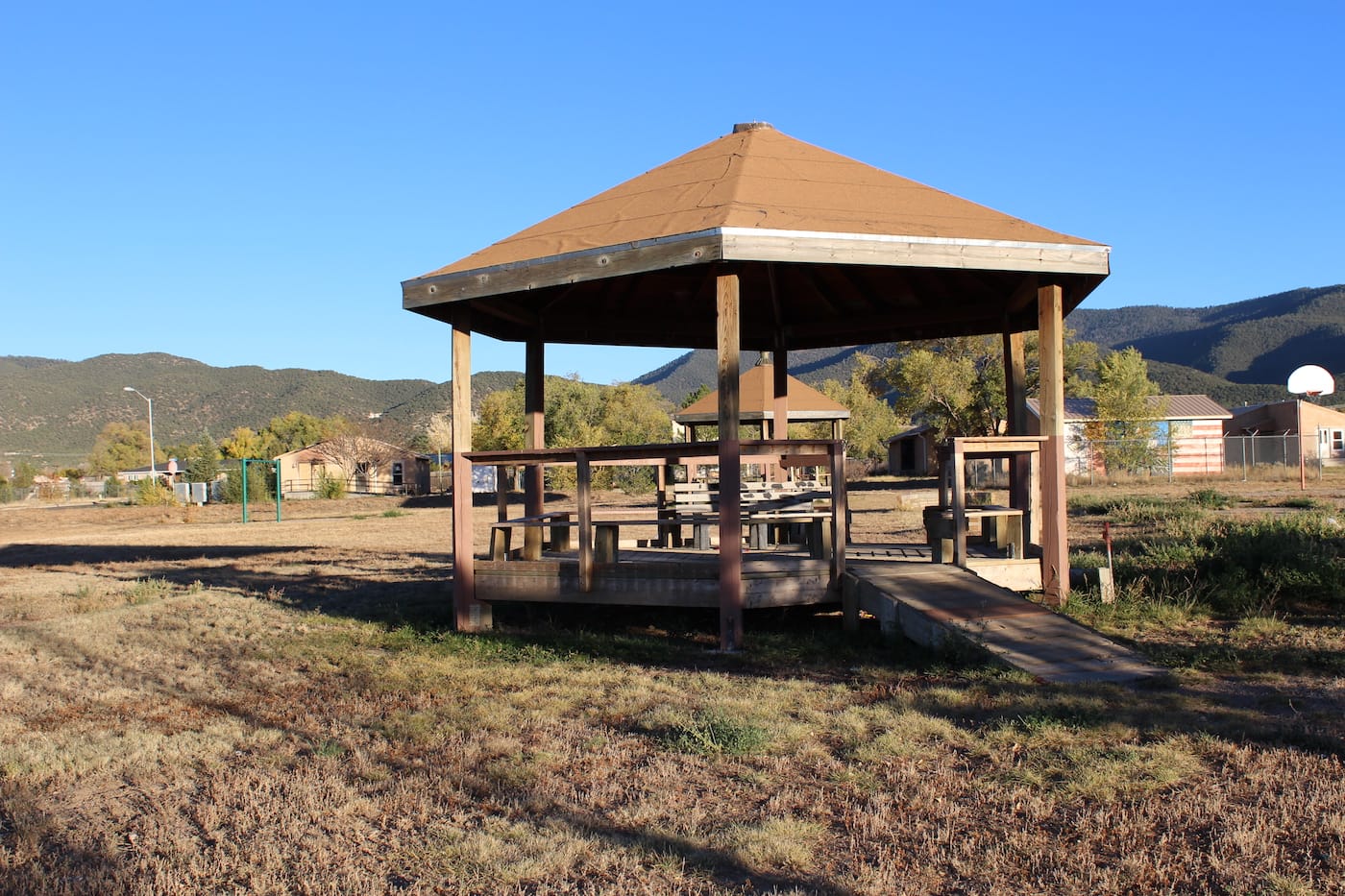

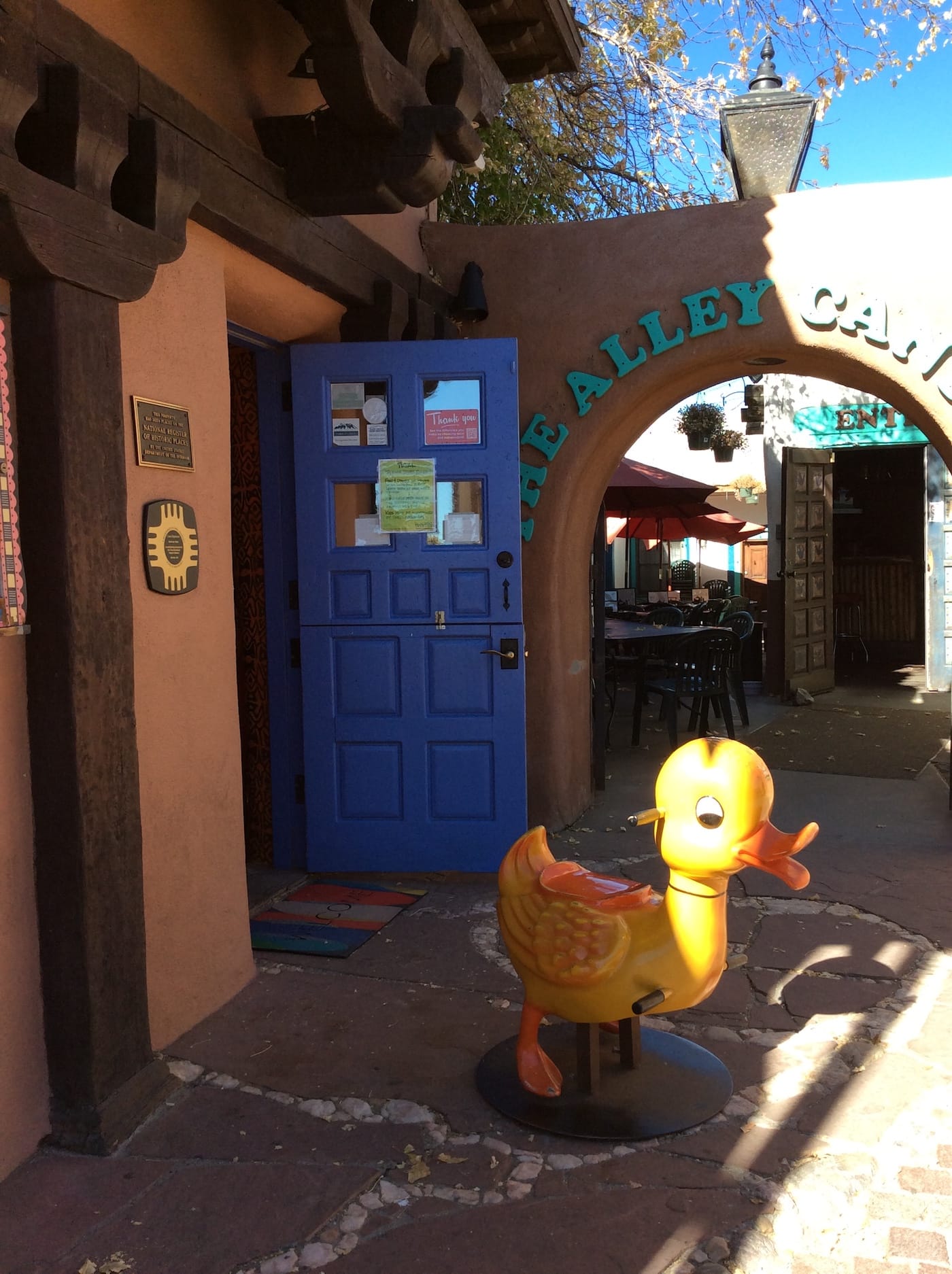

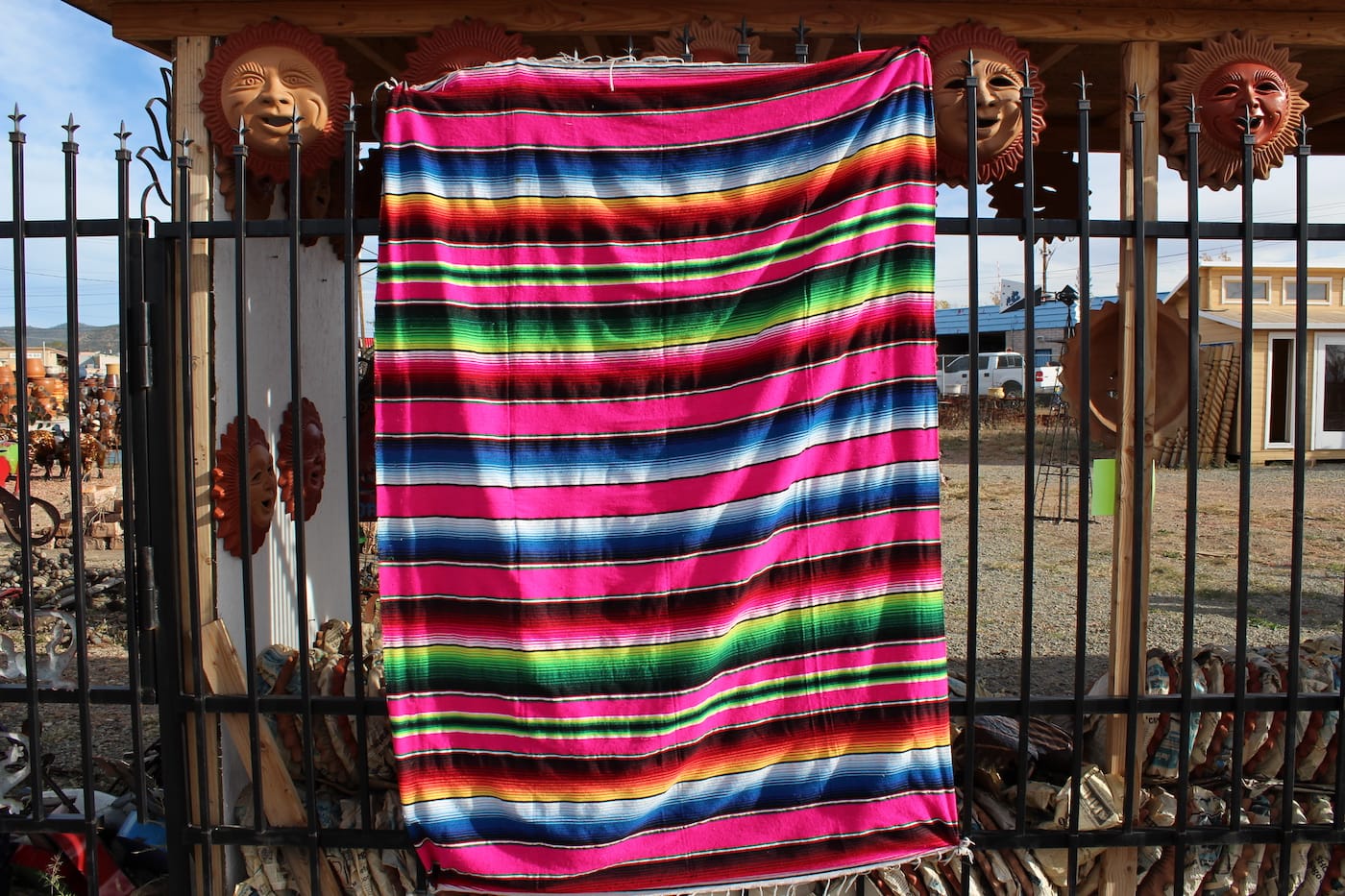

Henry Martin is author of Agnes Martin: Pioneer, Painter, Icon (Schaffer Press, 2018).





